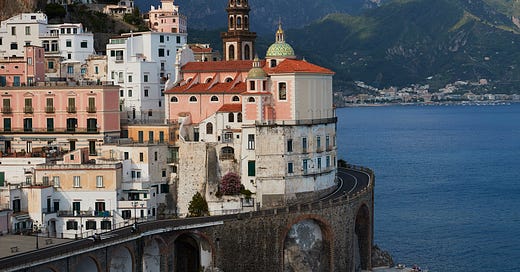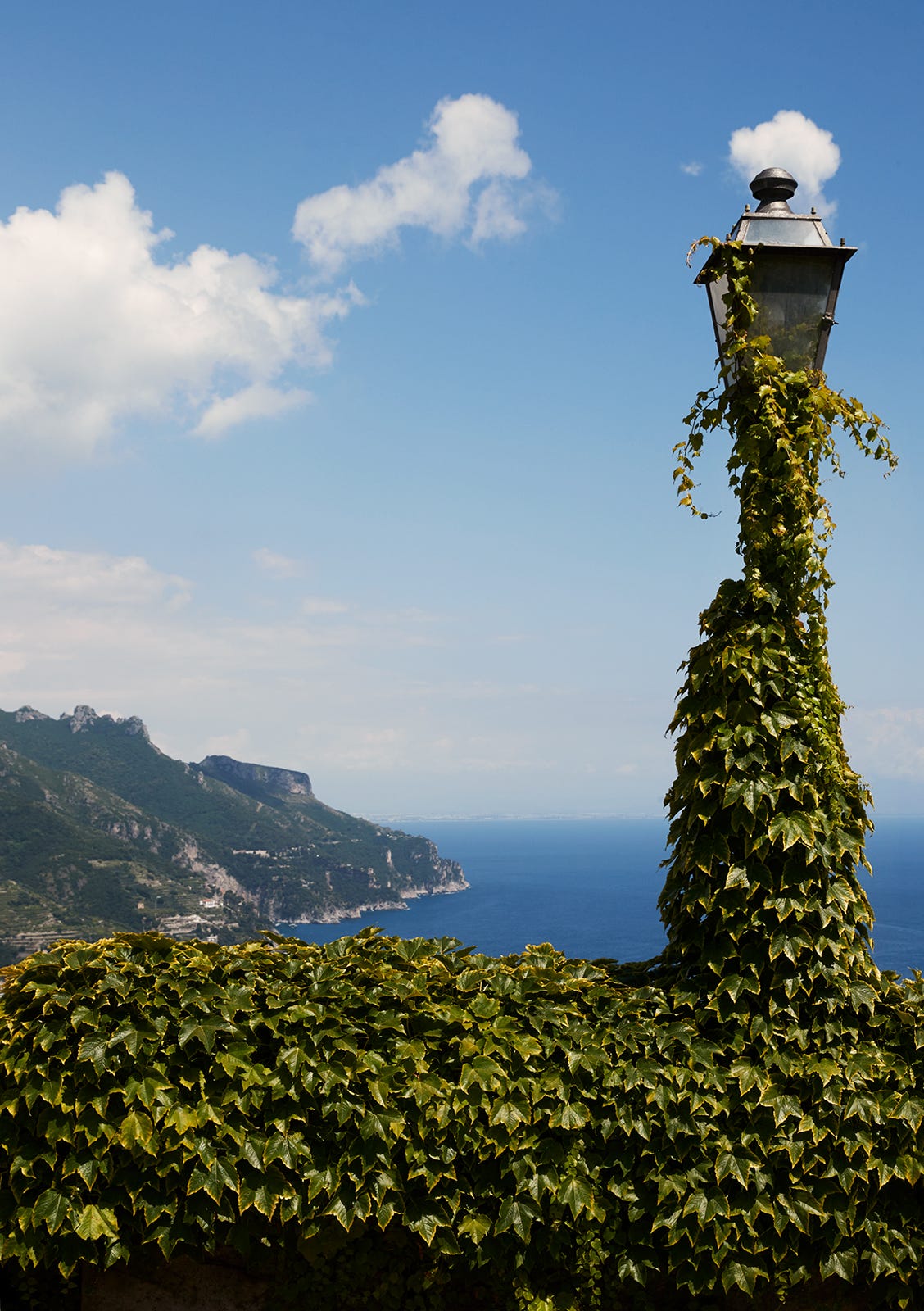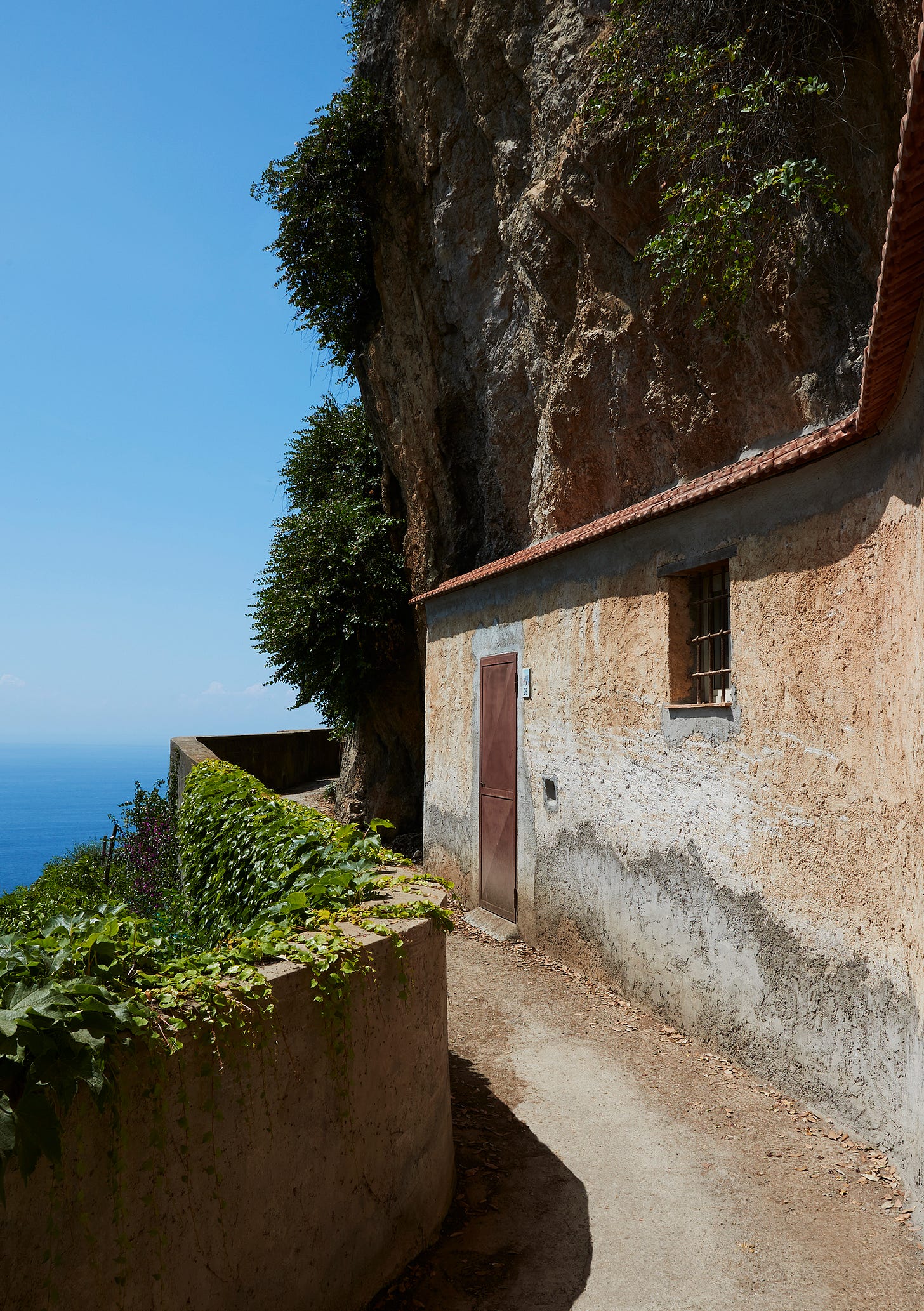“In my childhood, artists would sit in the square of Amalfi town and paint. For me, they were an integral part of the identity of the Amalfi coast – I remember once travelling to Budapest, visiting a museum, and finding paintings of Amalfi on its walls. The myth of Amalfi was so strong that it could appear anywhere and speak to almost anyone. Today, there is no room for artists here anymore, everything has turned into commerce, and the tourists that come here only want a fast experience. They just post a photo on Instagram to show people that they have been here, but by doing that, they miss the actual experience of being here. The real Amalfi Coast is slow, it requires you to slow down and take your time. But not everything is fast. You can still find this slowness in Ravello, and in towns like Maiori, Minori, and Cefalù. Not in Positano. Locals don’t even live there anymore, they only go there to work. It has lost its soul.”
When speaking to a friend who has grown up on the Amalfi coast, he made an important distinction between the present situation and his memories of the past. In his recollections, the Amalfi Coast was a place where creative minds went to find inspiration. Writers and artists have for centuries travelled to this small part of Italy, today a UNESCO world heritage, to be seduced by the beautiful scenery, local traditions, and slow culture.
Today is something different; people arriving to places like Positano not to experience the beauty, but to communicate the visit on social media. But even though today the Amalfi Coast is a popular tourist destination, the slow and genuine place still exists today, if you know where to look.







